We may earn a commission when you click on the affiliate links in this post.
Squash has many varieties; including butternut squash, spaghetti squash, pumpkin, zucchini, and yellow squash. We will teach you the basics of how to cook these common squash varieties and use them in tasty recipes.
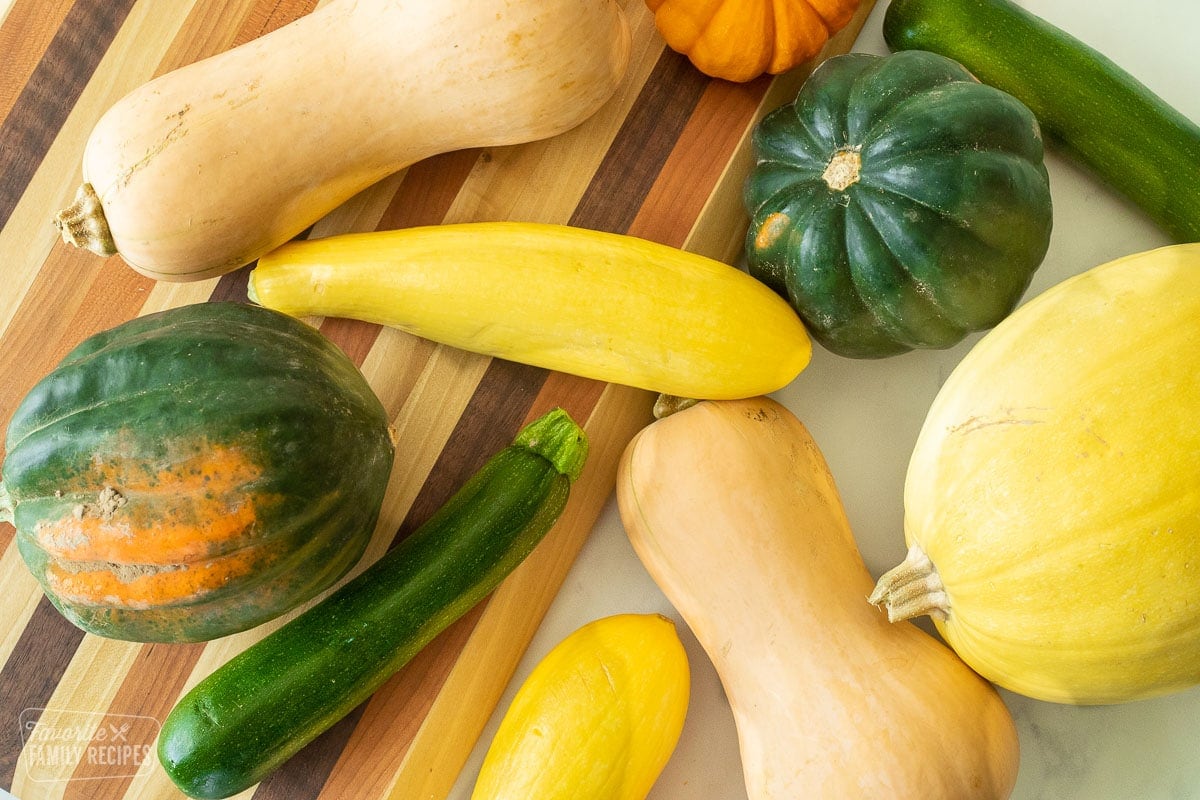
Table of Contents
I love cooking with squash. From winter to summer, squash is one of those sides that can be eaten year-round. Whether you’re grilling up slices of sweet summer squash for a backyard barbecue or oven-roasting cubes of tender squash for a winter supper, there are so many options for preparing and eating this delicious bounty.
But with so many kinds out there, which ones are best? How do you prepare all these different gourds? We have all the answers to your squash questions right here. We’ll walk you through the different types of squash, and how to prepare them, and give you all kinds of recipes to try with them!
Finding Good Squash
Finding good squash isn’t that difficult to do. You can usually pick up a squash and eyeball it to see if there are any big imperfections or soft areas. Because most squash has such tough skin, it can handle being bumped around a little and it doesn’t affect it too much, especially winter squash. This also makes it so squash can last longer than other vegetables. Winter squash can often stay good for weeks at room temperature before use!
Summer Squash
Learning the types of summer squash that are out there will help improve your garden or help you choose which squash is in season at the grocery store. Summer squash tends to have softer skin and mild flavor, and is usually smaller compared to the winter squash. These are best for lighter meals and add just a hint of flavor! Summer squash is usually grown and picked within 60 to 70 days of being planted and it will last a week or two at best after being picked. It is usually consumed in the summertime.
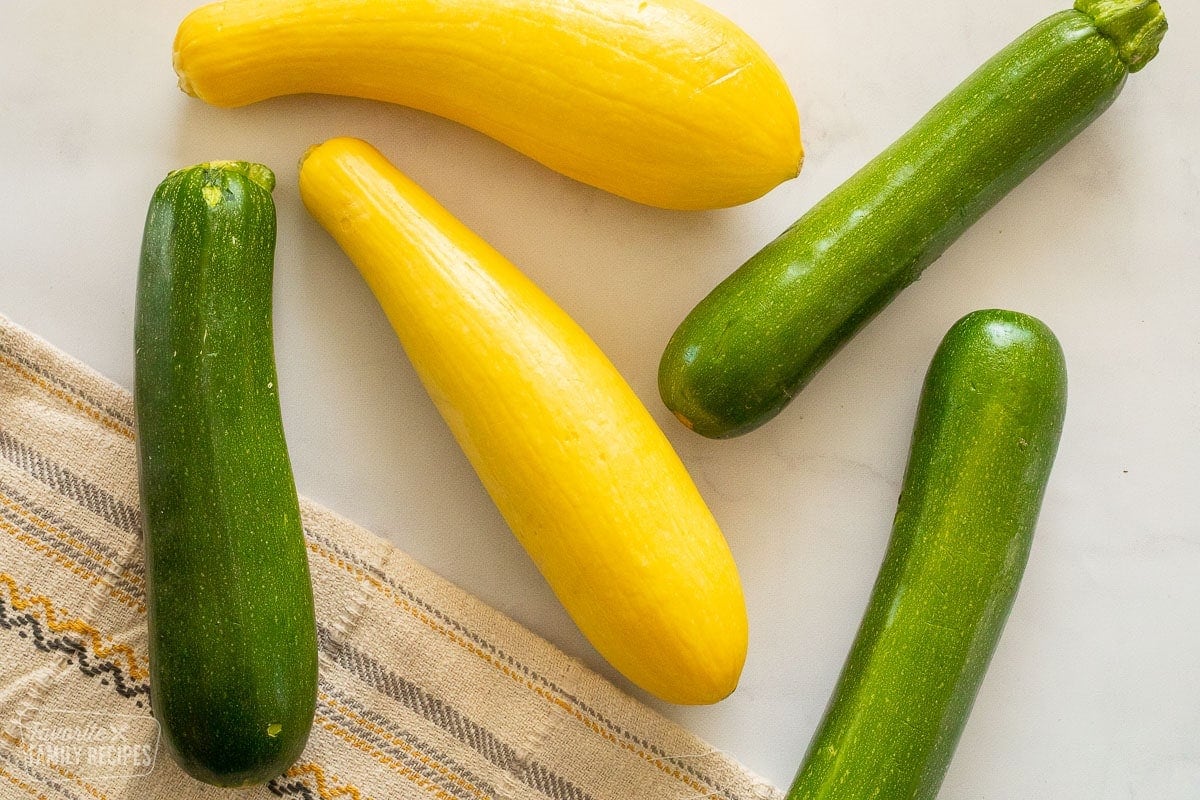
- Grown in a bush – Most summer squash grows in a bush and will produce a lot of fruit. That is why during harvest season, people seem to have never-ending zucchini. It grows fast, it produces a lot, and it needs to be eaten or prepared for storage quickly.
- Softer skin – Can be cut easily. Most will leave the skin on when cooking and eating.
- Mild flavor – Usually seasoned on the savory side. The flavor is mild and can easily be added to dishes without changing the flavor. They are more “watery” than winter varieties and cook faster.
- Best when harvested young – Summer squash is tastiest when picked young while the skin is tender and the seeds inside are still immature.
Winter Squash
These beautiful squash types are most common in the winter. They are full of flavor, grown together on vines, and have a tougher outside layer to withstand the winter weather. Winter squash comes in more colors and can also be used for decorations. Winter squash can take up to 120 days to grow. Winter squash is also considered to be “winter” because it can often be harvested and last much longer than summer squash.
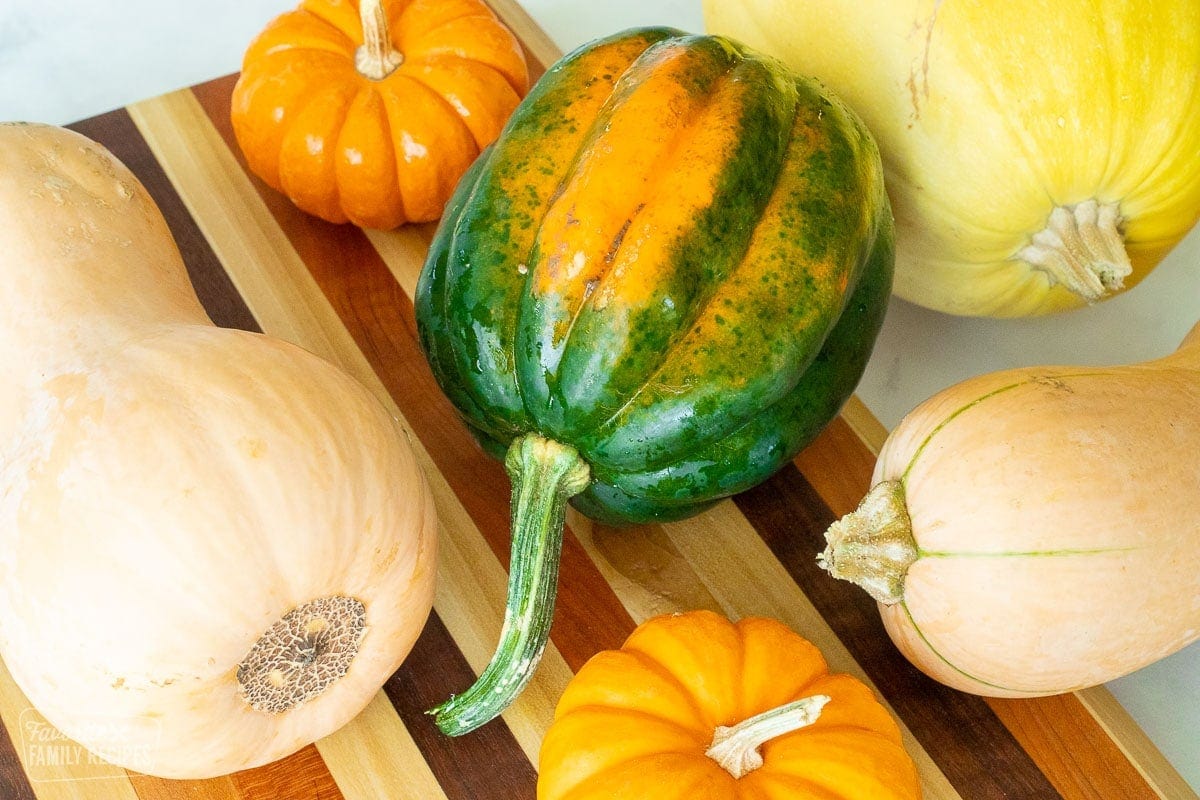
- Grown on a vine – Unlike summer squash, winter squash grows on long vines and takes a long time to mature. Because it is a vine fruit, each plant will only produce a few at a time.
- Tough skin – Difficult to cut. Because the skin is almost like a hard “shell”, most prefer to not eat it.
- Stronger flavor – Winter squash varieties typically have a smooth, nutty flavor that becomes sweeter as they cook. The flesh is denser than a summer squash. Butternut squash is the sweetest of the different varieties and can be compared to the flavor of sweet potatoes.
- Needs to be cured – Most winter squash, except acorn squash, should be cured prior to eating. This just means you should store them for 10-14 days at a warm temperature in a room with good circulation (or outside). The curing process allows the squash to be stored longer and becomes sweeter.
6 Common Types of Squash and How To Cook Them
There are over 100 different types of squash varieties that you can enjoy, but that would make this a very long post. Here in the United States, the most popular squash is known as yellow, zucchini, pumpkin, spaghetti, acorn, and butternut. The popularity of each of these really depends on the time of year.
1. Yellow Squash
Farmer’s markets and regular grocery stores always have an abundance of yellow squash. It pairs beautifully with another popular veggie, zucchini. You can eat yellow squash raw or cooked and makes a perfect side dish or snack.
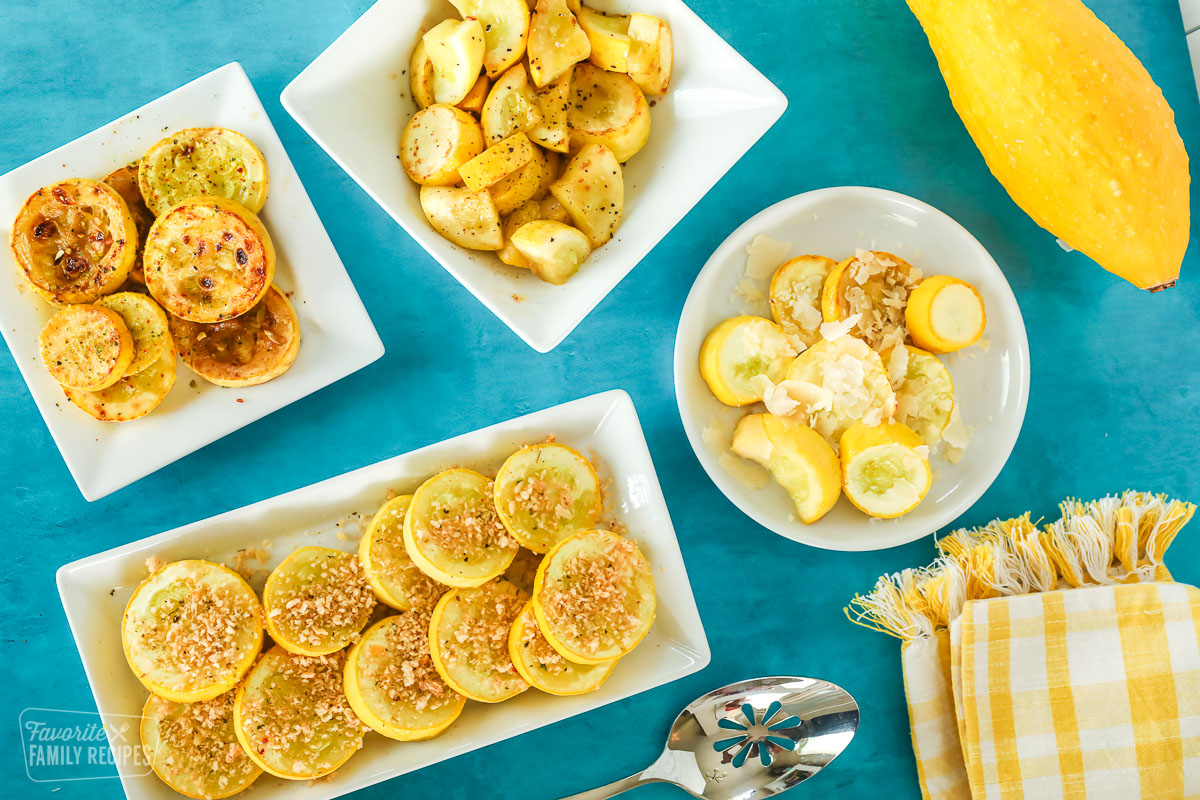
Best Ways To Cook Yellow Squash
Yellow squash can be cooked in several different ways! It is so easy to slice or chop this summer squash and add it to any dish. Make it the main event or a side in the recipe.
- Saute – Slice yellow squash, season with a little garlic or rosemary, then sauté in some olive oil on the stovetop.
- Bake – Arrange slices of yellow squash in a single layer on a baking sheet, sprinkle with parmesan cheese, and roast in the oven for a perfect side dish. You can also add roasted squash to salads, pizza, or pasta.
- More yellow squash recipes! We love yellow squash so much, we created an entire guide on How To Cook Yellow Squash. Check it out for even more ways to cook up this tasty summer squash variety.
What to Cook with Yellow Squash
These recipes are light and tasty meals that include the famous yellow squash! Yellow squash is soft when cooked and has a mild flavor. It adds color and brings in plenty of nutrients to each recipe!
2. Zucchini
Zucchini grows in abundance during the summer. It’s mild enough to add to dozens of recipes and adds lots of nutrients to any meal. This is usually the favorite vegetable to garden and most shared!
Best Ways to Cook Zucchini
Zucchini is so simple to find during the summer months and has a great deal of flavor compared to other summer squashes. Simply cut, chop, or slice to make zucchini into your favorite appetizer, side dish, or dinner!
- Grill – Throw slices of zucchini on the grill for a delicious summer side dish.
- Bake – Dice zucchini and sauté until tender. Season with salt and pepper and add them to casseroles, pasta, or salads.
- Air fry – Cut zucchini into spears or slices, roll in parmesan cheese and bread crumbs, drizzle with olive oil, and air fry for a crispy snack. These zucchini spears are one of our go-to summer recipes!
Easy Zucchini Recipes
You can’t go wrong with zucchini! It is light and tasty with some flavor that is savory. It is a great vegetable to start kids on and one that is loved by most. Zucchini bread is always our most popular recipe but we have several zucchini recipes that are loaded with deliciousness too!
3. Spaghetti Squash
For those looking to eat less carbs, spaghetti squash is an ideal alternative for noodles in your favorite pasta dishes. Plus it’s high in fiber so you can fill up on nutritious squash instead of high-calorie pasta. Spaghetti squash is mostly used as a spaghetti or pasta substitute but it can also be used in casseroles and stir-fry dishes.
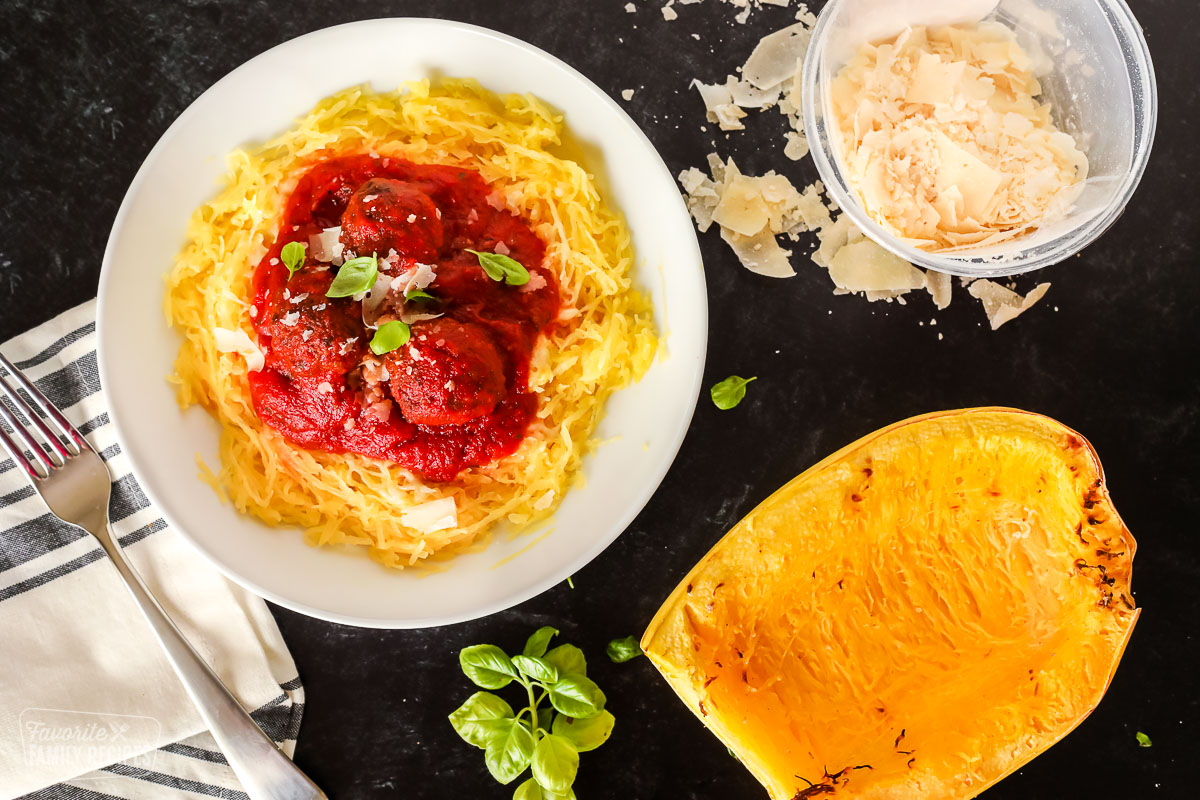
Best Ways To Cook Spaghetti Squash
We have dedicated an entire post on How to Cook Spaghetti Squash (4 Ways). This is a full, comprehensive guide that will teach you, in detail, all the ways to cook spaghetti squash. It’s easier than you might think! Give any of these methods a try for perfect spaghetti squash every time.
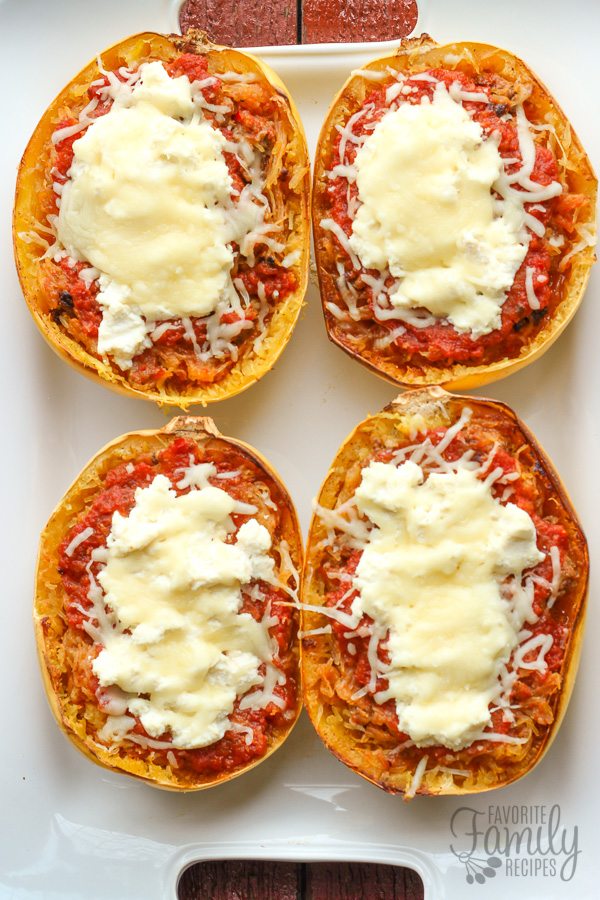
Spaghetti Squash Lasagna
Another fun way I like to use spaghetti squash is as a “boat”. Use a fork to shred up the spaghetti squash and mix it with sauce and toppings and return it to the “shell” and continue baking. A good example of this is our Spaghetti Squash Lasagna recipe (above). Switch it up and use different toppings to make taco boats or chicken Alfredo bakes.
4. Pumpkin
Pumpkin is rich in all sorts of vitamins and minerals and is absolutely delicious. Pumpkin can be dressed up in a million different ways, from savory to sweet.
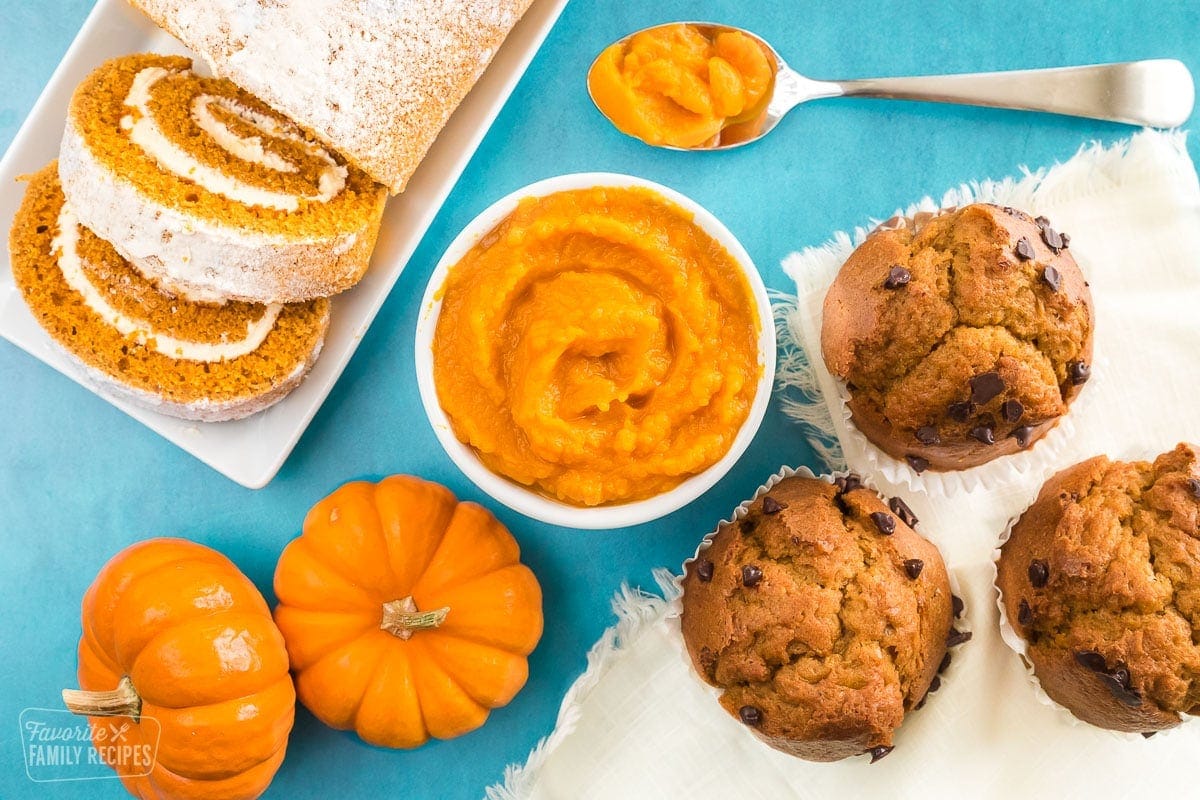
Best Ways To Cook Pumpkins
Roasting is the best way to cook pumpkins. It gives the pumpkins more flavor, tender pumpkin, and easier to puree. Plus there are so many recipes and combinations to make when the pumpkin is roasted!
- Roasting or steaming – You can roast or steam pumpkins for soups and casseroles.
- Baking process – Roasting in the oven can result in a more intense flavor. Plus roasting rather than steaming allows more moisture to escape during the baking process so it’s not as wet.
- Puree – Once you’ve roasted or steamed, you can puree the pumpkin to use in dozens of recipes. Here is our easy guide on How To Make Pumpkin Puree.
Best Pumpkin Recipes
Most of our pumpkin recipes are desserts, with a few savory dinner recipes as well. Pumpkin is a delicious ingredient that is light and wholesome and can be substituted for a lighter version of most recipes. We have an entire collection of pumpkin recipes that we use during the winter months.
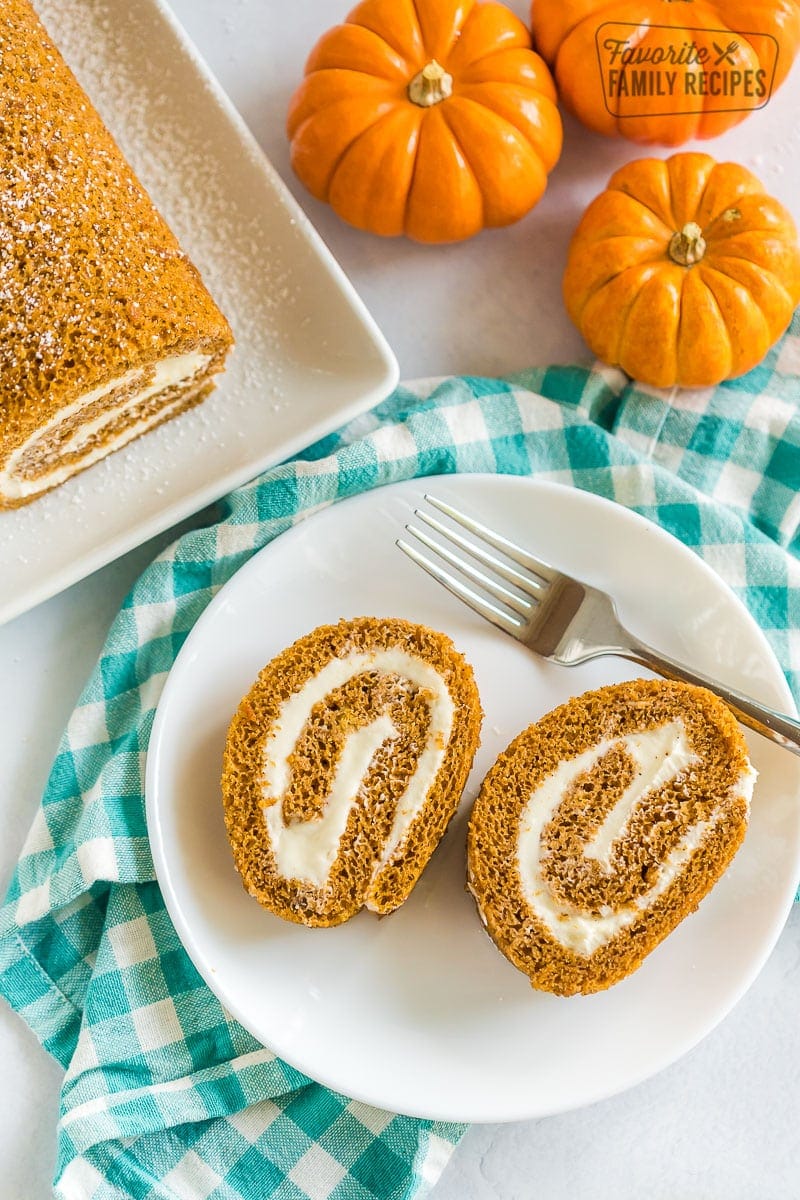
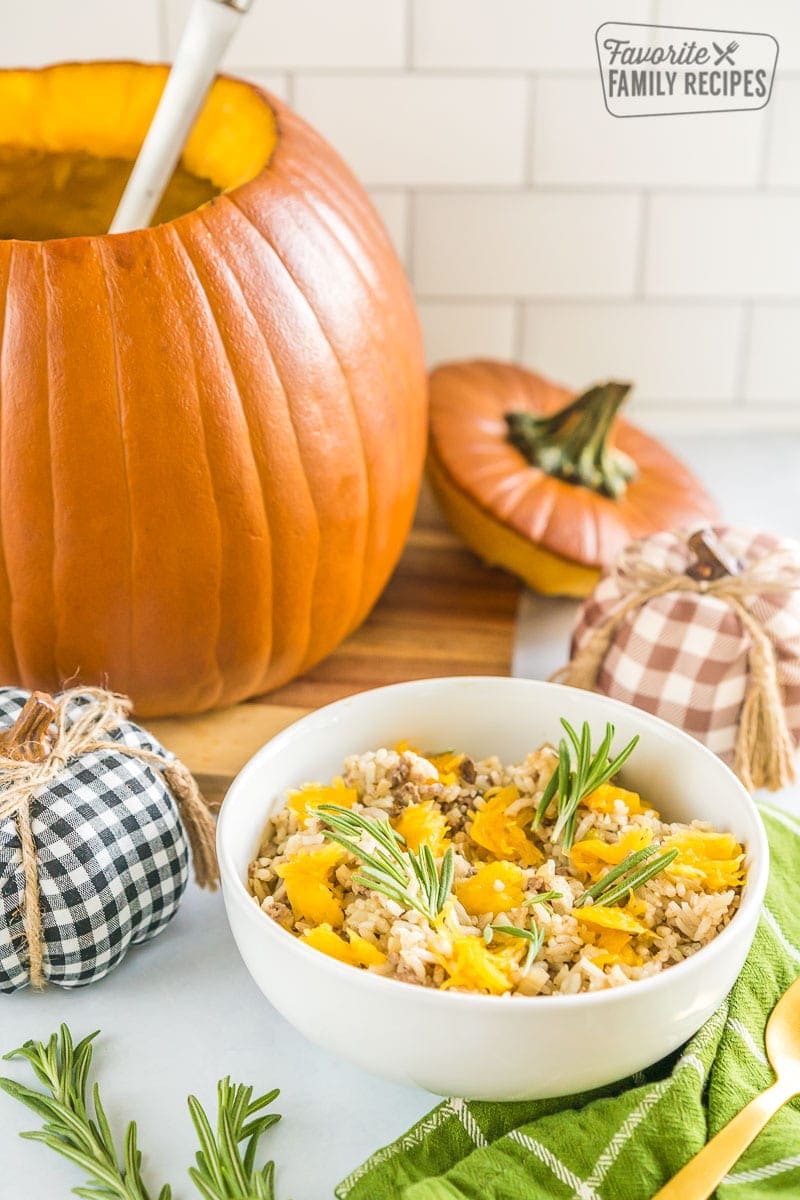
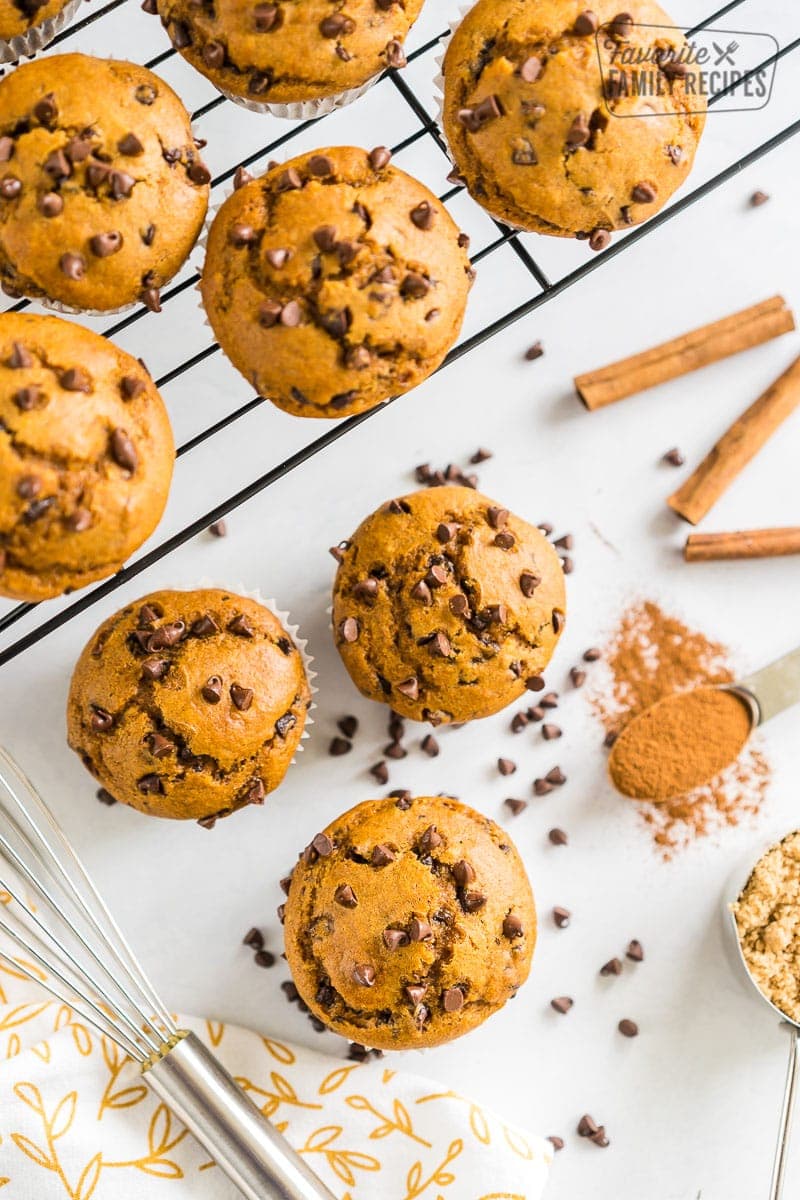
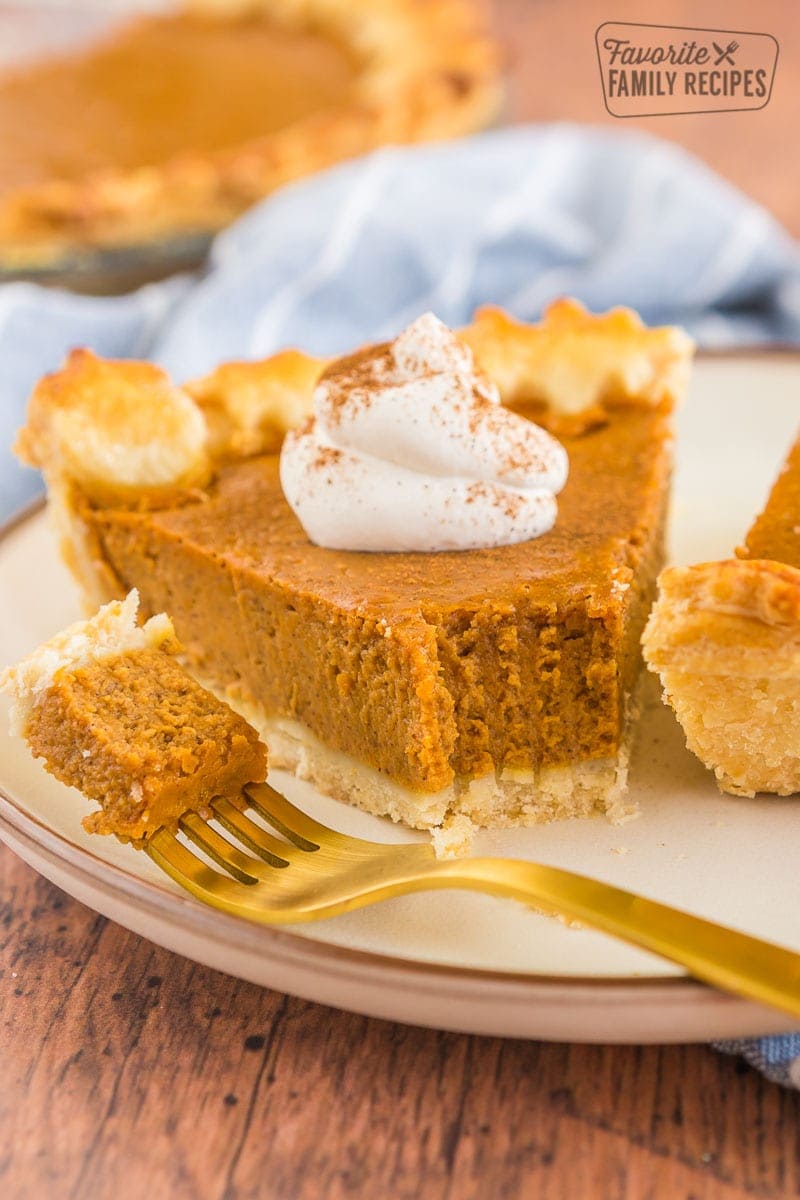
5. Acorn Squash
Acorn squash is very similar to pumpkin, with a sweeter flavor but still that mild, buttery taste. It pairs well with sweet or savory, which makes it one of the most versatile squashes to add to recipes.
Best Ways To Cook Acorn Squash
Acorn squash is unique in its appearance and the way it can be cooked. It has a firm outside like most winter squash but the inside is a sweet and savory flavoring. Very flavorful and very delicious in every bite!
- Roasting – The easiest way to cook acorn squash is by roasting it. You can cut it in half, and season it with brown sugar, maple syrup, and some butter. Roast it at a high temperature then dice it up.
- Savory – To make it a little more savory, simply add olive oil, salt, and pepper.
- Slow cooker – Use a sharp chef’s knife to cut the butternut squash in half, then cook in a slow cooker. It’ll be nice and soft to use in soups and other recipes.
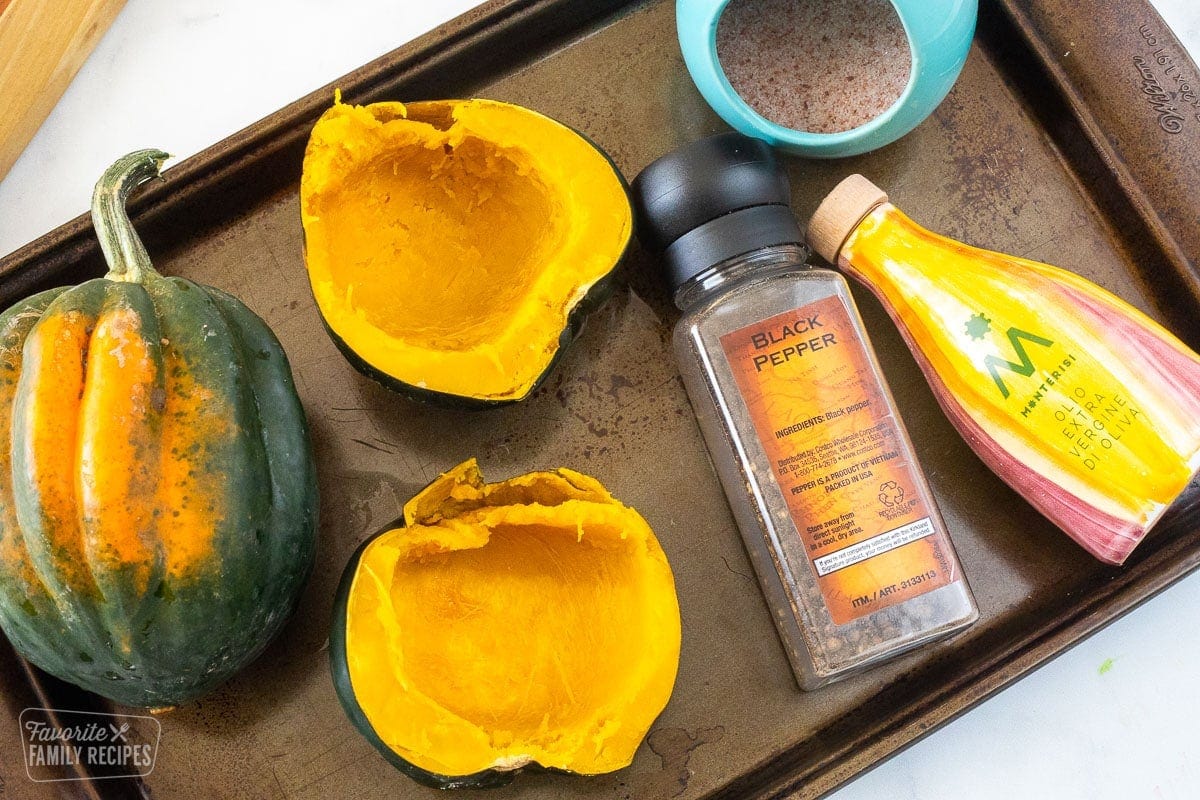
Tip For Easier Cutting
Winter squash typically has a tough skin that is difficult to cut through. To make cutting easier and avoid injury, place your squash in the microwave for 1-3 minutes to soften the skin. Now you can cut it in half easily for roasting!
6. Butternut Squash
Much like the rest of the squash family, Butternut squash is mild in flavor but rich in vitamins. It’s so versatile and can be added to both sweet and savory recipes. To roast cubed butternut squash, make sure to peel it before you cube it. A simple vegetable peeler can take the skin right off.
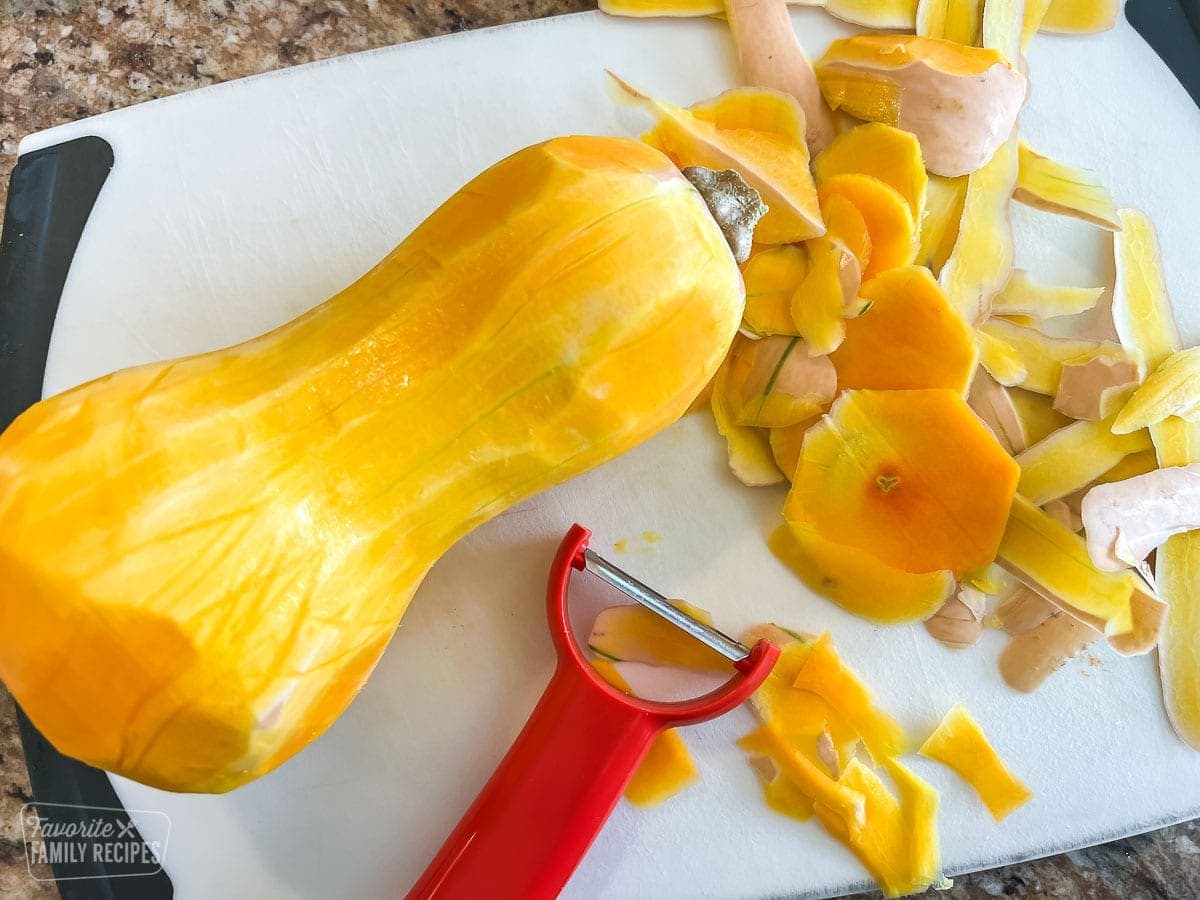
Best and Easiest Ways To Cook Butternut Squash
Butternut squash is a softer vegetable within the winter squash choices. You can slice and chop the butternut squash easily before cooking and prepare it with light seasonings to make a delicious meal.
- Oven – The easiest way to cook butternut squash is in the oven. Follow our recipe for Roasted Butternut Squash for our favorite way to roast it.
- Smaller appliances – You can actually cut the butternut squash in half, then place it in an instant pot, slow cooker, or even the microwave.
- Sweeten the squash – Make it sweet by tossing in brown sugar and cinnamon before roasting.
Butternut Squash Recipes
Butternut squash is sweet and savory in every bite! It is a beautiful color orange and tastes amazing by itself or added to most recipes. Try these savory and sweet recipes that your family will love!
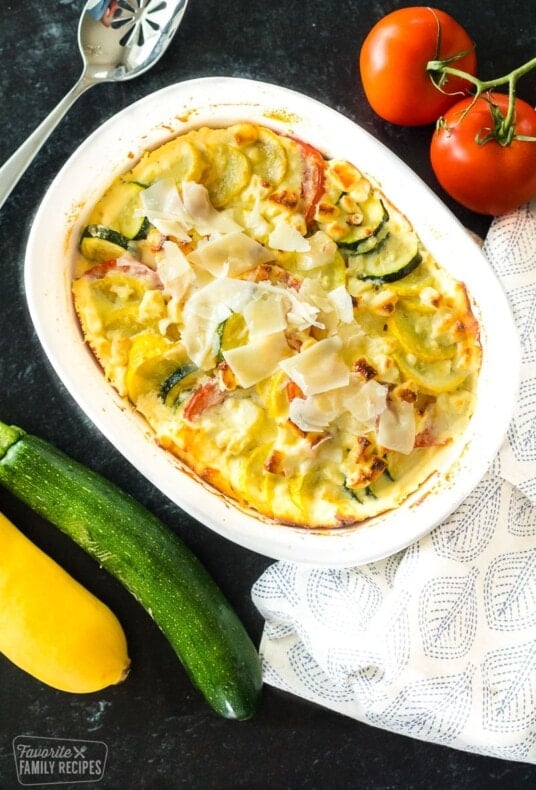
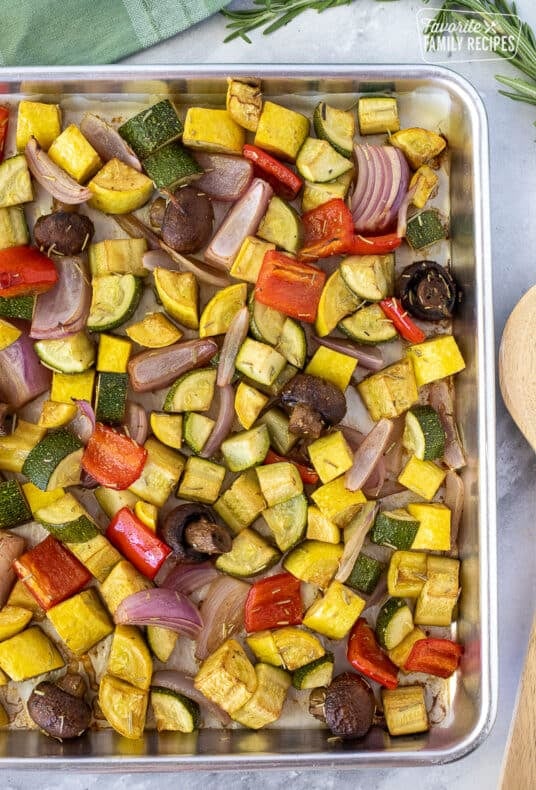
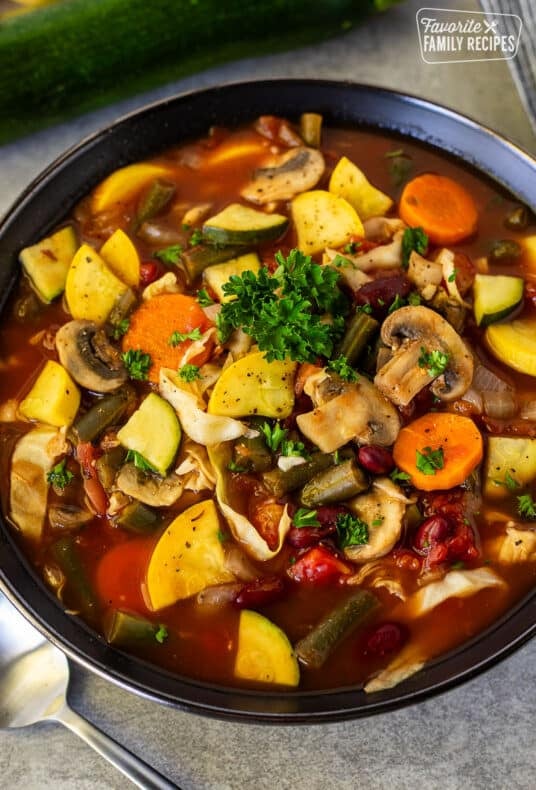
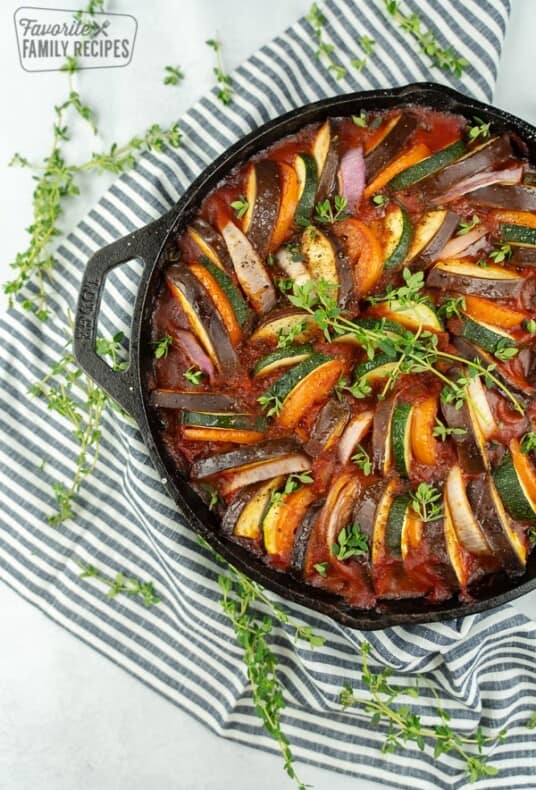
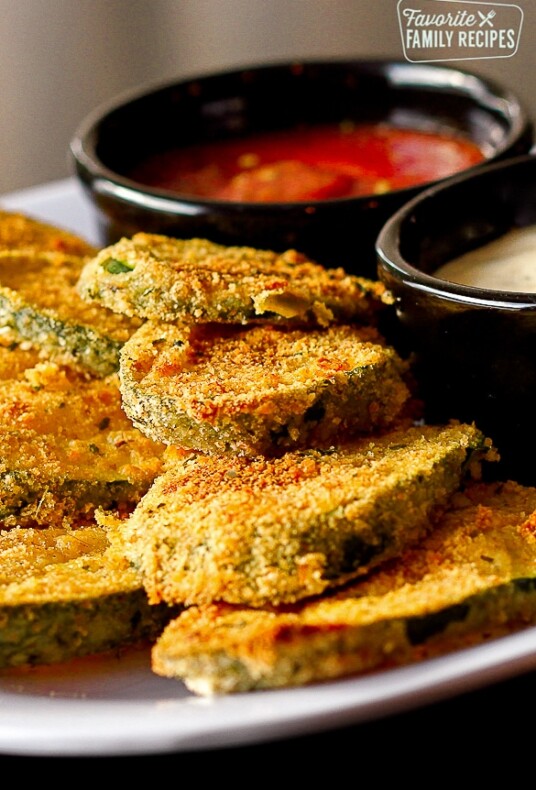
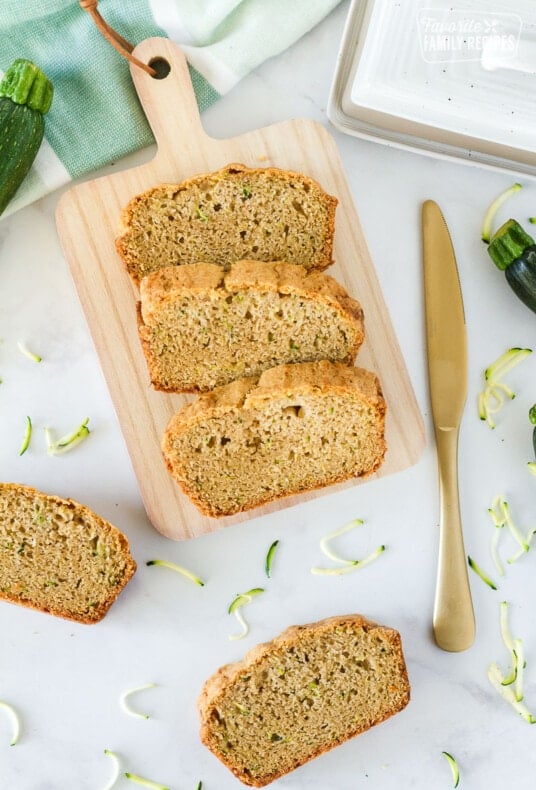
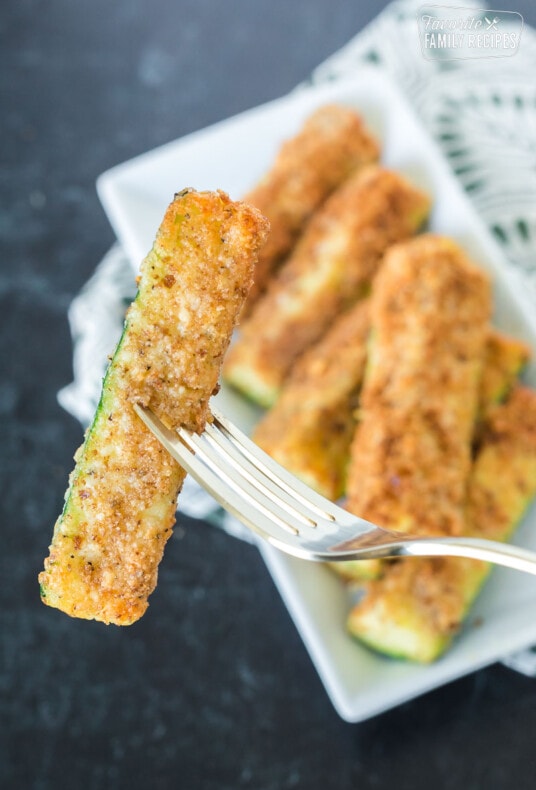
I have a new found love for squash & learned some new tips, so thank you!! I am making some tomorrow!
I love that you shared this!! I feel like I am still learning when it comes to squash, so this helps so much!